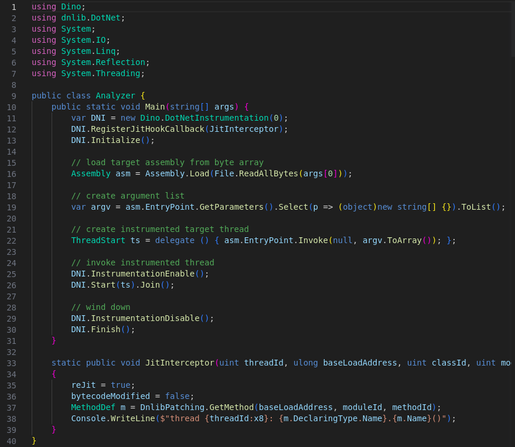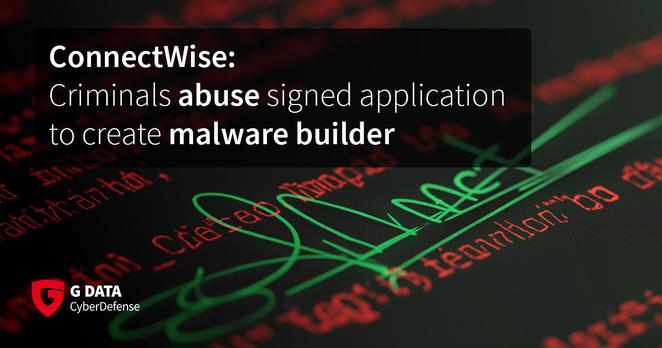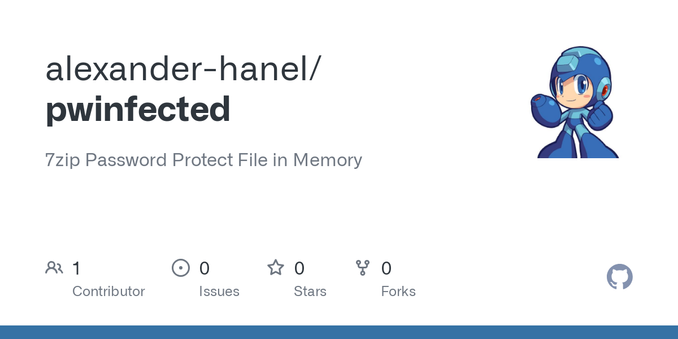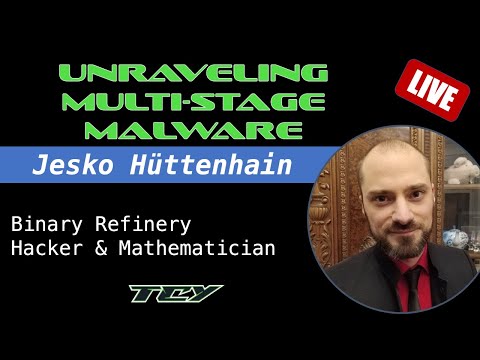“Oh. Oh, no”
“What?”
“I think this is a simulation.”
“What is?”
“THIS. Everything. The universe. Us.”
“What, like _The_Matrix_?”
“Yea, but not as trans.”
“Wait, the Matrix is trans?”
“Where have you been. Anyway, Simulation panic!”
“How can you tell?”
“I’m thinking about aliens. Like, if you were trying to communicate science to another planet, how would you deal with measurements. Meters and seconds and yes even your goddamn inches are based on properties of the Earth, aliens aren’t gonna know the circumference of the planet or the length of its day or the diameter of some president’s brain. So how do you talk about the mass of the proton or the speed of light or the hubble constant in a way that aliens can recognise?”
“I dunno, there must some natural unit system that is based on a common property of space that we can both derive…”
“You’re on the right track. Forget about Meter Kilogram Second or Furlong Firkin Fortnight and convert to Planck Proton Periwinkle or whatever. So I started trying to come up with the One True Unit system.”
“And did you?”
“Duh. Yes. It uses the fine structure constant and the strength of the electromagnetic force and the planck interval that inevitably derives from the uncertainty principle.”
“You think that’s obvious?”
“Once you get into this headspace, yes. So i started making a cheat sheet of all the key parameters of the universe in my OTU system. That’s where it turned ugly…”
“Ugly how?”
“The speed of light in this system is 2³¹-1”
“Oh. Oh, no.”




